Iridescent and Irresistible Pearl Buttons
A classic choice with a rich backstory
Riding the sea of black robes, the killer whale sparkled a message of inclusion and heritage. Created from pearl buttons, scarlet, and black cloth, the whale was the central motif of the button blanket draped over Christina Gray’s shoulders. It proclaimed the young woman’s membership in the whale clan of the Tsimshian indigenous people. Atop her head, a woven cedar bark hat served as an exclamation point. No other lawyer called to the Ontario bar that June day in 2015 wore such dramatic garb.
At first, the Law Society of Upper Canada refused Gray’s request to wear the traditional outfit. Then Gray pled her case: the clothing represented tribal law. She won. “It was the proudest moment of my life. I got to sit amongst my peers, cross the stage and receive the right to practice law in Ontario. I am equally proud that I won the right to wear my Tsimshian button blanket and cedar bark hat…”
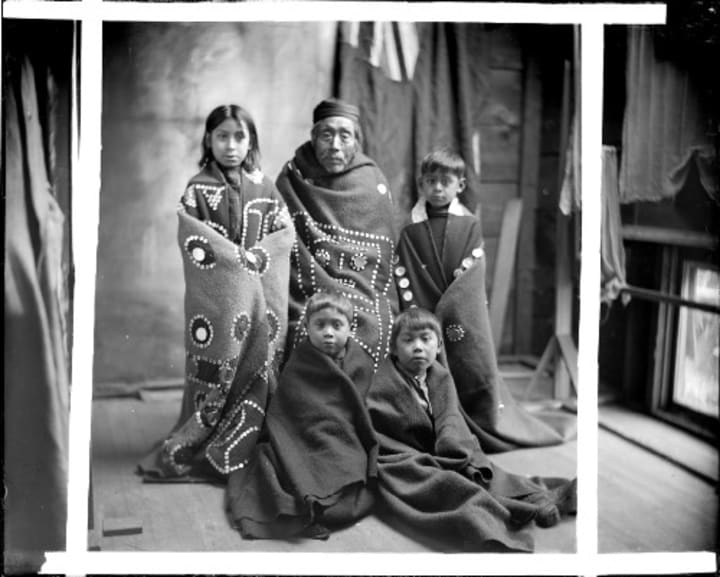
Since the 1800s, indigenous people of North America’s northwest coast have created button blankets. Originally, dark blue or black wool blankets obtained through the fur trade were decorated with local shells. Over time, pearl buttons on black blankets with red trim became the standard. Deeply symbolic designs such as clan animals are placed strategically on the blankets. The buttons flash and gleam from the wearers’ backs as they dance and participate in ceremonial activities. Button blankets also are made as treasured gifts — such as to welcome the birth of a child.
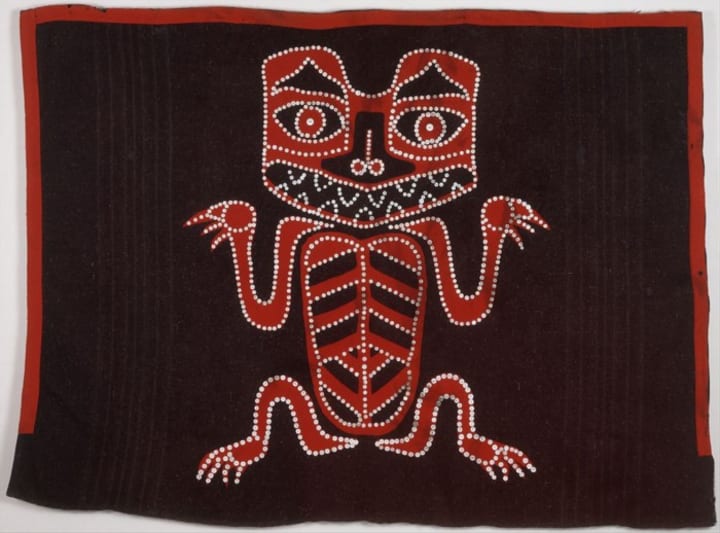
Pearl buttons are cut from certain types of mollusk shells. These soft creatures have a hard, protective inner surface to their shells called nacre or mother of pearl. Rarely, nacre coats irritants or responds to injury and creates a natural pearl. Mother of pearl’s iridescence persists unless scratched or worn off. This combination of durability and beauty has appealed across cultures and across centuries.
Mother of pearl buttons (or more simply, pearl buttons) garnered a heyday of popularity beginning with the reign of Queen Victoria. Given to exuberant, if not excessive, ornamentation, the Victorians developed a voracious appetite for buttons. Lines of buttons fastened and festooned undergarments and gowns and waistcoats and cuffs and gloves and shoes. Pearl buttons announced the wearer’s affluence. Not until the availability of cheap plastic buttons in World War II would the demand decrease.
Half-way round the world from the Tsimshians, in the 1870s, London street vendors known as costermongers hawked their wares. Like Eliza Doolittle’s buddies in My Fair Lady, they pushed carts of goods, sang, and yelled, and did everything they could to encourage sales. Some costermongers sought customers’ eyes with the flash of penny-sized pearl buttons. They sewed them on the bills of their caps, the flaps of their waistcoat pockets, and along the outer seam of the pants from the knees to the ankles.
At age thirteen, Henry Croft left life in a London workhouse orphanage to live on the streets. Surviving as a rat catcher and street sweeper, Henry ingratiated himself with the costermongers. Though a rough lot, the group ethos was to band together and help each other when a person hit a tough spot. Henry, with youthful enthusiasm if not over enthusiasm, plastered an entire suit of clothes with pearl buttons and out-costered the costermongers. Wearing his suit with symbols and sayings such as “All for charity and pity the poor” outlined in pearl buttons, Henry did a bang-up job raising money for the downtrodden. Rumor is the lad found 60,000 pearl buttons down by the river and used them all. Others mimicked Henry. From this start came the Pearly Kings and Pearly Queens, ordinary Londoners who have divided the city into sections, each with a named group of Kings and Queens who raise money for charity. Over four hundred followers attended Henry’s funeral in 1930 and a statue was erected to honor him.
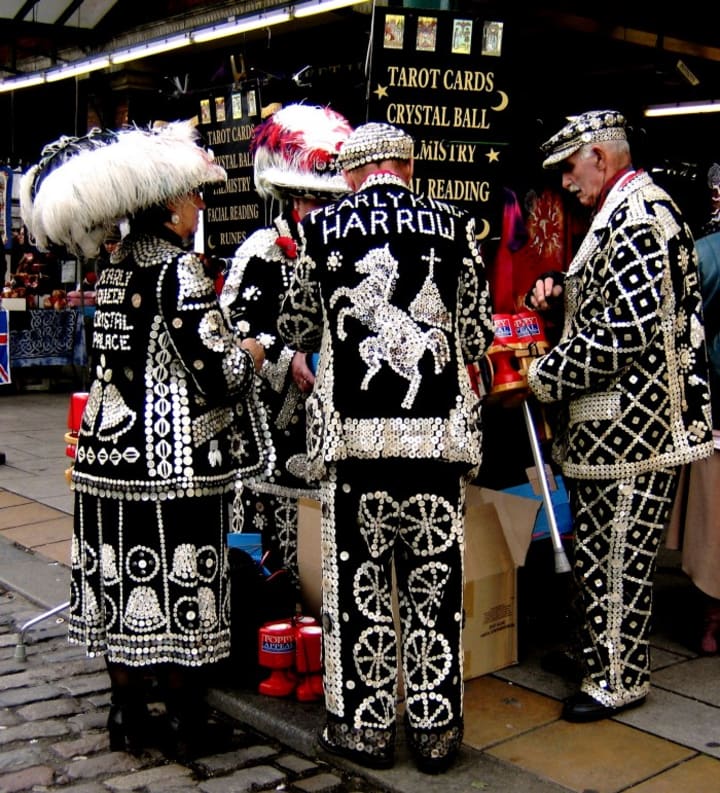
While the donations were flowing in London, over in Germany, button maker J. F. Boepple was in trouble. New tariffs on oyster shells had made the crafting of pearl buttons unprofitable. Recalling a box of river mussels from America that his father had received, Boepple thought he had the answer to his problems. Going all in, Boepple immigrated to the US. He investigated the great rivers of the Midwest. The German button man found large mussel beds along the Mississippi River, near the river town of Muscatine, Iowa. His pearl button factory’s opening in 1884 initiated the American fresh water pearl button industry. Other factories soon mushroomed in Muscatine.
The town became known as the Pearl Button Capital of the World. By 1905 Muscatine produced 1.5 billion pearl buttons annually — 37% of the world’s output.
The factory work was arduous. The average cutter stood all day to grind one hundred pounds of shell. Shell dust and bits of shell flew about. The water used in the drilling process drenched workers. Labor unrest grew and culminated in a 1911 strike. Though an agreement was reached, the strike left hard feelings among the Muscatine workers. Yet, by 1915, the Weber & Sons Button Co., Inc. was the world’s largest producer of fresh water pearl buttons.
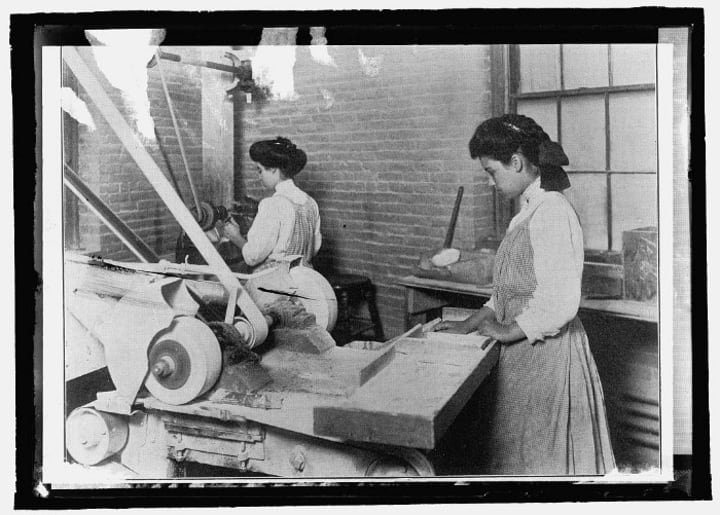
Pearl buttons continue today. Men’s fashion designers tout them. Folks seeking organic materials for their clothing favor them over synthetic buttons. Because of the enormous number of pearl buttons manufactured in the early 1900s, vintage pearl buttons are common and usually inexpensive. They are popular as decorations for doll clothes, jewelry, crafts such as embellished picture frames, Christmas ornaments, and décor.
You may have vintage pearl buttons hiding in your button box, especially among buttons passed down from friends and family. Look for those with a smooth (and often still iridescent) face and a rough, often two-toned, back side. In addition to the classic cream or white color, they may be grey, pink, coral, or lavender. You may even find fancy ones –with carved or incised decorations or those which exploit the layers of the shell. Others have appended cameo-like decorations.
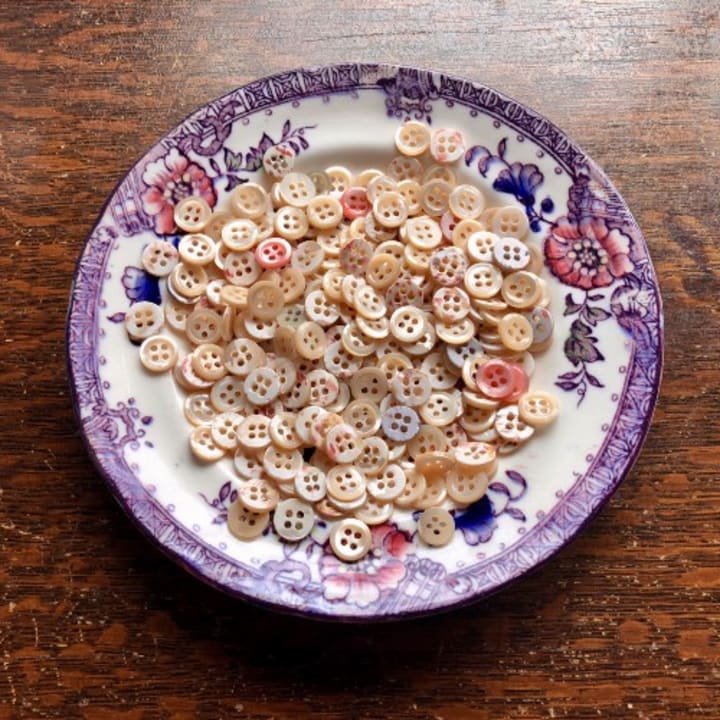
You can learn more about pearl buttons at the National Pearl Museum.Button blankets are found in both art and ethnographic museums. There are a variety of online resources for incorporating Native American button blankets into children’s craft and learning activities.
About the Creator
Diane Helentjaris
Diane Helentjaris uncovers the overlooked. Her latest book Diaspora is a poetry chapbook of the aftermath of immigration. www.dianehelentjaris.com



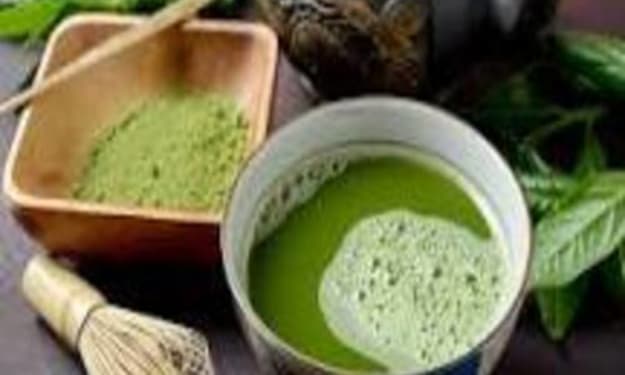


Comments
There are no comments for this story
Be the first to respond and start the conversation.